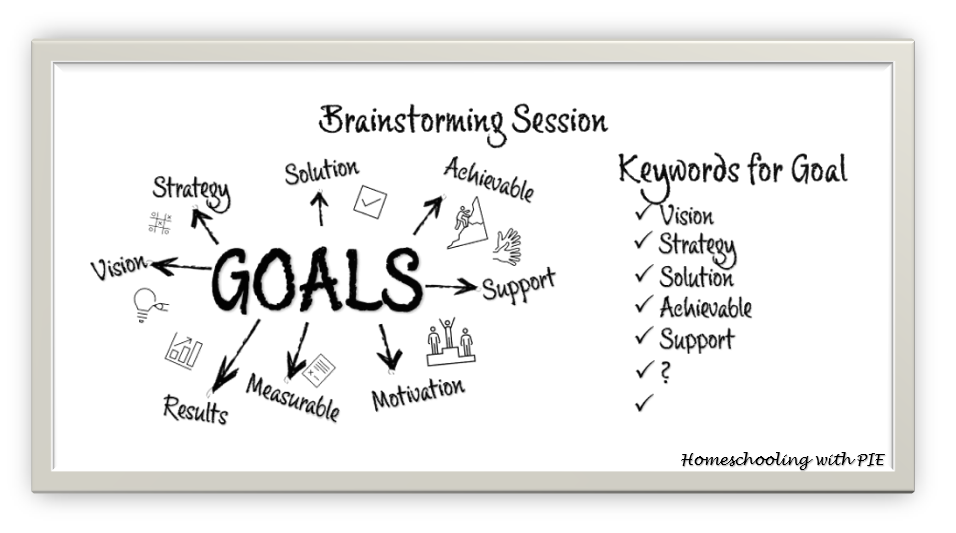MANAGING EXPECTATIONS: KEY WORDS BLOOM

Managing Expectations: Key Words Bloom
Bloom's Revised Taxonomy is a framework that classifies cognitive skills into six hierarchical categories. Here's a list of keywords for each category:

Keep in mind that these keywords are not exhaustive, and the specific verbs used can vary. Additionally, the activities and assessments associated with each level of Bloom's Taxonomy may overlap, and learners may engage in multiple cognitive processes simultaneously.
Using a list of keywords can be beneficial for the learning process in various contexts, such as studying, research, and information retrieval. Here are some ways in which using a list of keywords can be helpful and why:
1. Focus and Organization:
- How: Keywords help in narrowing down the focus of your study or research. They serve as anchors for the main concepts or topics.
- Why: By organizing information around specific keywords, learners can maintain a structured and systematic approach to their studies. This helps in better understanding and retention of information.
2. Efficient Information Retrieval:
- How: When searching for information in books, articles, or online resources, using keywords can help you quickly find relevant content.
- Why: It saves time and ensures that you locate the most pertinent information without having to sift through irrelevant material.
3. Memory Aid:
- How: Keywords act as memory triggers. They are concise representations of larger concepts or ideas.
- Why: When reviewing or recalling information, seeing or thinking about keywords can help you remember related details and concepts. This aids in the retrieval of information during exams or discussions.
4. Conceptual Understanding:
- How: Keywords often encapsulate the core ideas or principles of a topic.
- Why: By focusing on keywords, learners can grasp the fundamental concepts, which is crucial for building a strong foundation of knowledge in a particular subject.
5. Connection Building:
- How: Keywords can be used to establish connections between different pieces of information.
- Why: By recognizing and understanding the relationships between keywords, learners can develop a more holistic understanding of a subject, seeing how various concepts are interconnected.
6. Critical Thinking and Analysis:
- How: Keywords encourage learners to think critically about the information they encounter.
- Why: Analyzing the significance of keywords and their context promotes a deeper understanding of the material. It also helps learners develop critical thinking skills by evaluating the relevance and importance of different concepts.
7. Communication and Collaboration:
- How: Keywords facilitate effective communication, especially when discussing complex topics with others.
- Why: When everyone involved in a discussion or collaboration understands and uses the same keywords, it ensures clarity and avoids misunderstandings. It also allows for more effective collaboration in group projects.
In summary, using a list of keywords is a strategic approach to learning that enhances focus, efficiency, memory, understanding, and communication. It promotes a systematic and organized way of approaching new information, which can be particularly valuable in educational settings and beyond.
Managing Expectations: Key Words Bloom